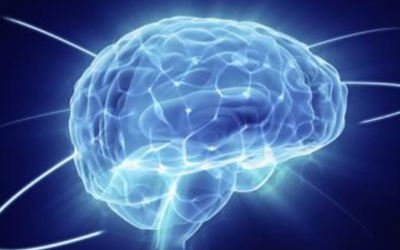
Researchers may be able to restore lost memories in early-stage Alzheimer’s patients, suggests a new study which found that long-term memories may not be stored in synapses as previously thought. Most neuroscientists have believed that memories are stored at the synapses – the connections between brain cells, or neurons – which are destroyed by Alzheimer’s disease.
‘Long-term memory is not stored at the synapse. That’s a radical idea, but that’s where the evidence leads. The nervous system appears to be able to regenerate lost synaptic connections,’ said David Glanzman, senior author of the study, and a University of California – Los Angeles professor.
‘If you can restore the synaptic connections, the memory will come back. It won’t be easy, but I believe it’s possible,’ he said. Glanzman’s research team studied a type of marine snail called Aplysia. They enhanced the snail’s withdrawal reflex by giving it several mild electrical shocks on its tail. The shock causes the hormone serotonin to be released in the snail’s central nervous system.
Long-term memory is a function of the growth of new synaptic connections caused by the serotonin, said Glanzman. As long-term memories are formed, the brain creates new proteins that are involved in making new synapses. If that process is disrupted the proteins may not be synthesized and long-term memories cannot form. In an experiment, researchers placed sensory and motor neurons that mediate the snail’s withdrawal reflex in a Petri dish, where the neurons re-formed the synaptic connections that existed when the neurons were inside the snail’s body.





